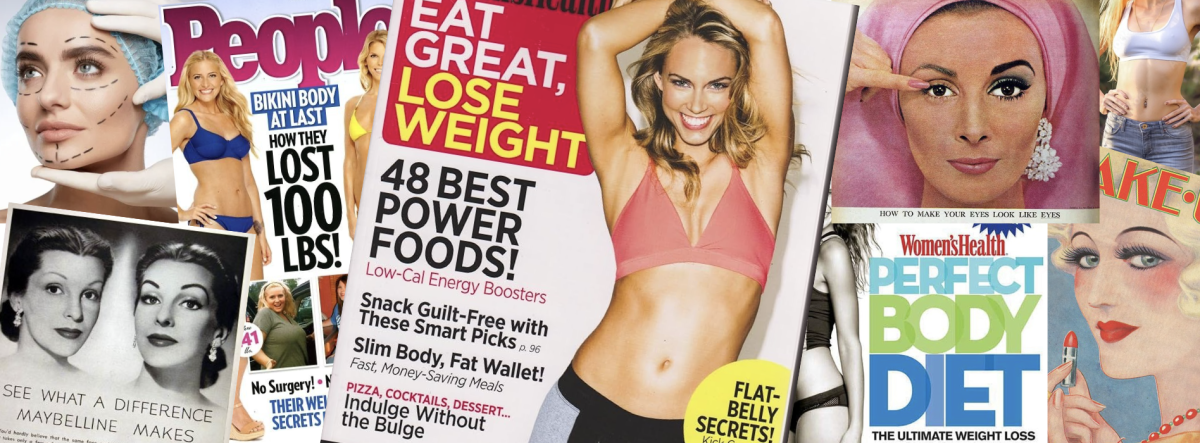For a lot of people, young and old, looking in the mirror can be a scary experience. Society has about a million different ways of telling humans how they should and should not look. Whether it be through television, social media, or people in real life, beauty standards exist practically everywhere. For many people, especially girls, it can be easy to feel inferior when what society considers “attractive” doesn’t exactly apply to them.
What is “attractive,” though? With social media, the answer to that question seems to change every week. With every scroll on TikTok or Instagram comes a new skin cream, hair oil, wrinkle device, or low-calorie recipe; created to make consumers thinner or slow the physical effects of aging. “[it’s common to see] things about your face where you want to have a full upper lip, or you want to have just the right sized eyebrows, or [you’ll hear] ‘Oh, your eyes are such a nice shape’ or ‘Oh, your eyes are a little big’ or something,” sophomore Eleanor Lindstrom said.
Social media isn’t the only place where beauty standards are pushed onto people. TV shows and commercials, whether intentionally or not, are constantly pushing beauty standards by primarily casting thin, clear-skinned actors. Of course, that’s not to say that those actors don’t deserve the opportunities they get, but it is a reasonable assumption to make that conventionally attractive actors have a far higher chance of getting roles in movies, TV, and commercials than non-conventionally attractive actors. Physical diversity in mainstream media has gotten considerably more inclusive in recent years. However, Hollywood still has a long way to go when it comes to casting actors who don’t fit the conventional standards of beauty.
Clothing is also not exempt from beauty standards, and that cannot be observed better than right here in the Benilde-St. Margaret’s hallways. Many students typically come to school in athleisure. There is absolutely nothing wrong with this popular style, but for some students, when they dress differently, it can cause some heads to turn. “I don’t wear leggings and sweatshirts every day, and I’ve definitely had people comment about it, good and bad. And it can definitely persuade you to wear different things, depending on what reactions you get,” Konkoly-Thege said.
Beauty standards don’t only apply to women, though. For men, there can be a lot of pressure to be strong and in shape. Most guys are expected to be tall and muscular, which can lead to overexertion at the gym or improper dietary habits. “Generally, boys don’t have as much pressure to have a good face, but more of a ‘good body,'” junior Leo Kangas said.
The overwhelming amount of “alpha male” podcasts is also a substantial contributor to male insecurity. These podcasts have large and devoted fan bases of insecure men who are looking to improve their health and lifestyle. By pushing unrealistic expectations on boys who will never achieve them, these podcasters keep their listeners coming back with promises of attractiveness and women. This issue doesn’t only apply to beauty standards but is a large contributor to the standards that society sets for men and women to put them in a box.
Beauty standards can be extremely harmful in many ways. For many teenagers, unhealthy body image can lead to extreme methods of weight loss, such as drugs or fasting. Eating disorders are frighteningly common amongst adolescents, especially teen girls, and the effects of them can be deadly. Additionally, an unhealthy relationship with food is an almost impossible mindset to break out of and can last for years if not recognized early. Imposing unrealistic body expectations on young people only encourages these self-destructive behaviors.
Whether you have pimples, freckles, clear skin, light hair, dark hair, or no hair, you are all that you have, and your very existence is a miracle. So love it the way it is with the time that you have.

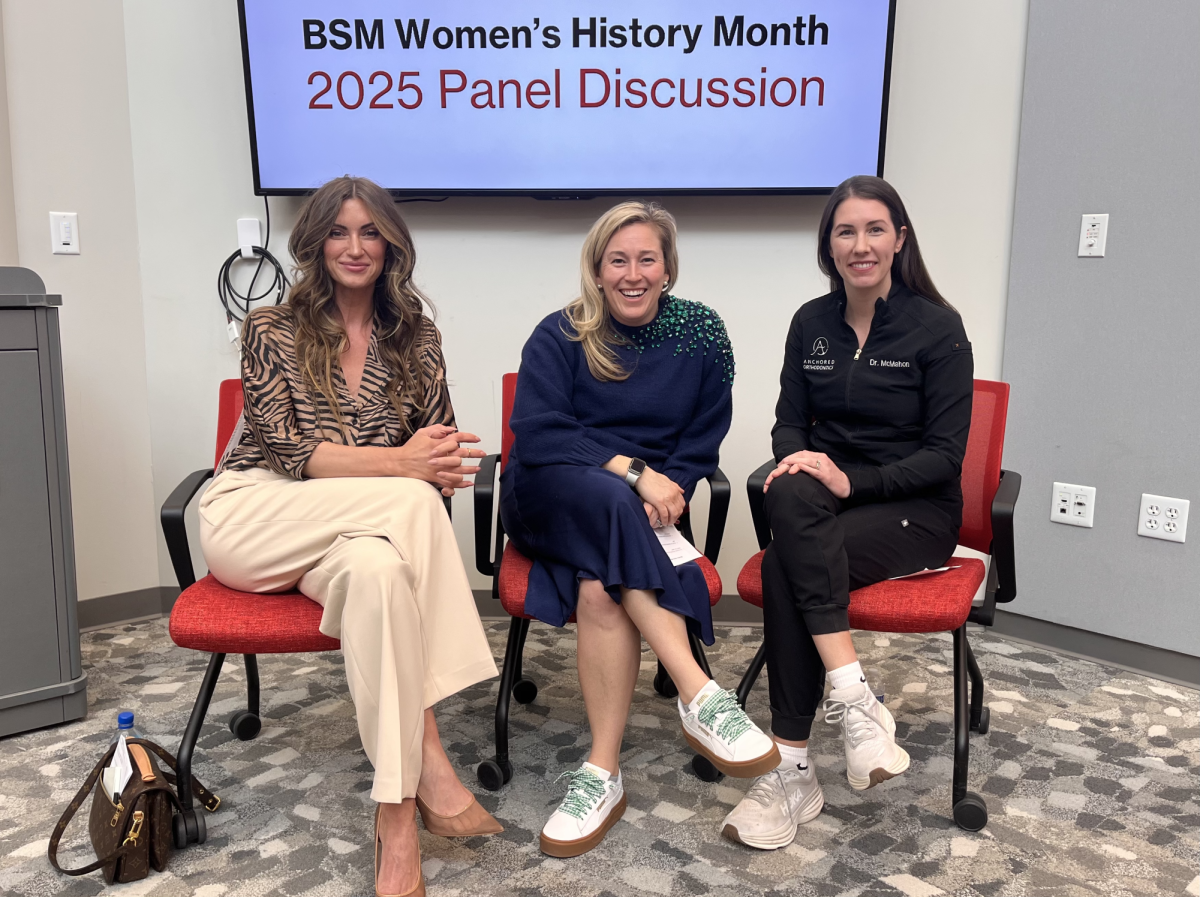





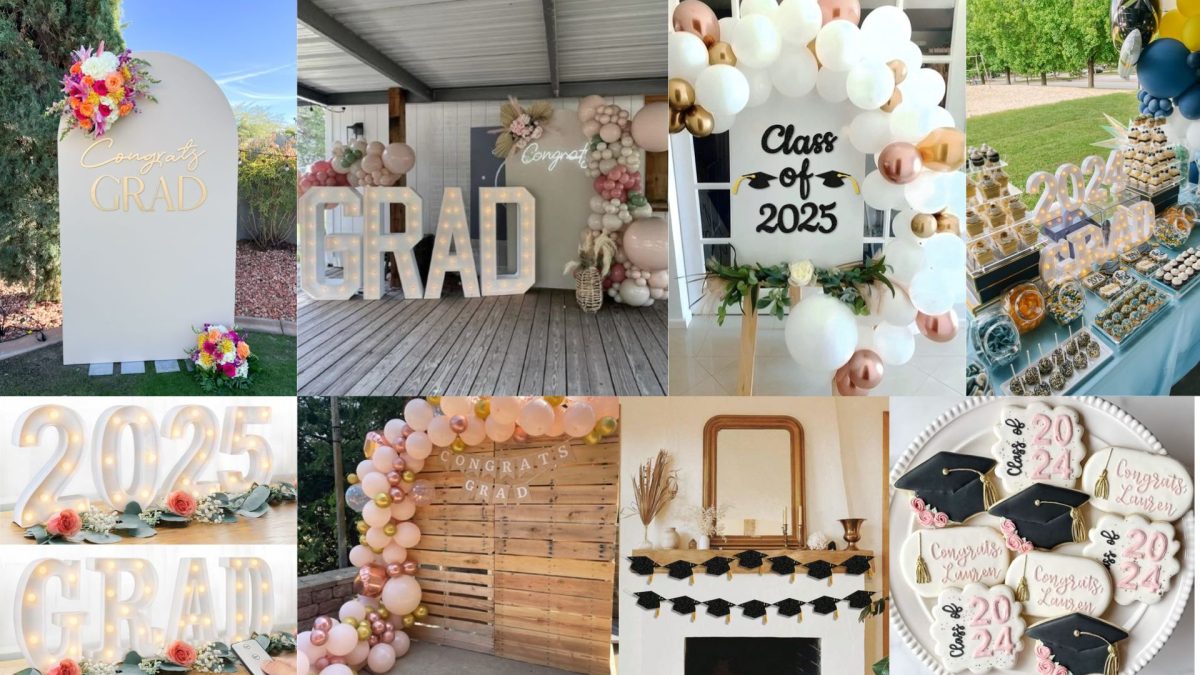
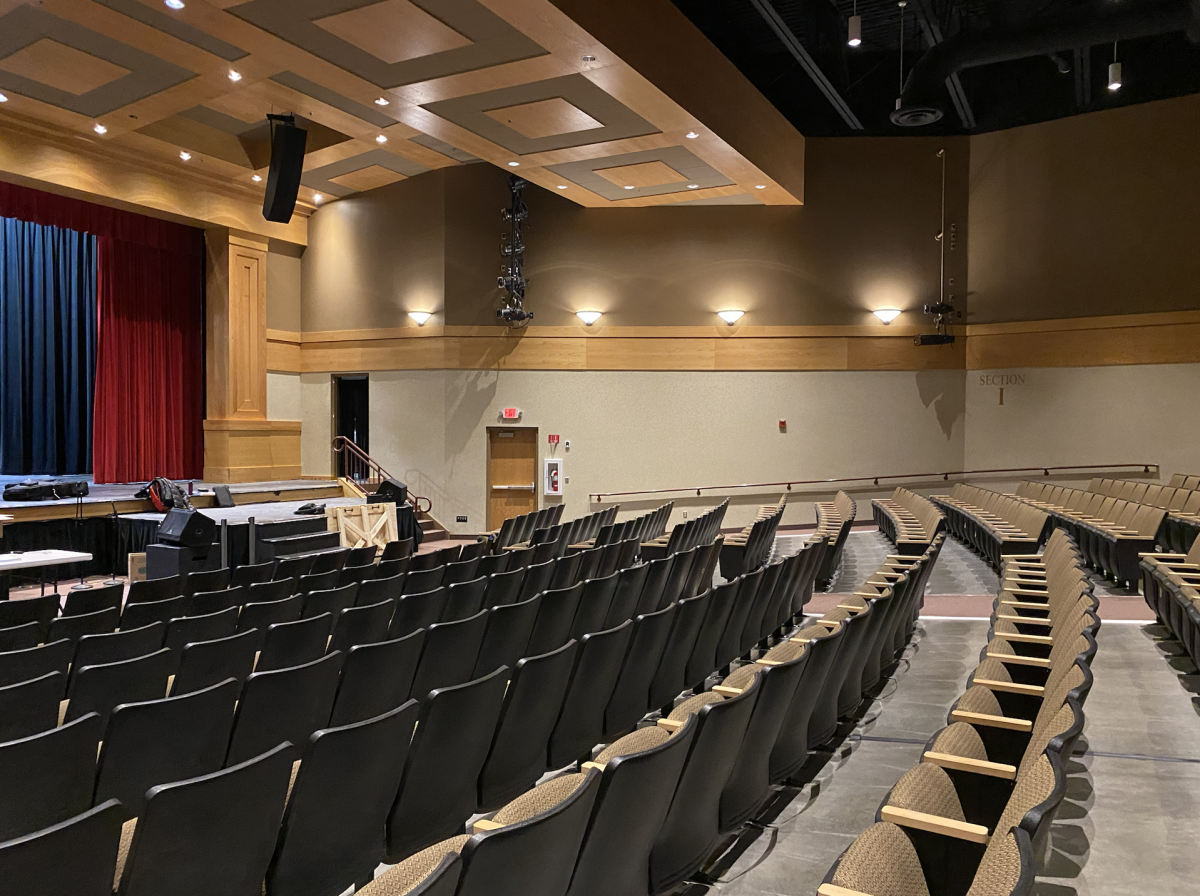

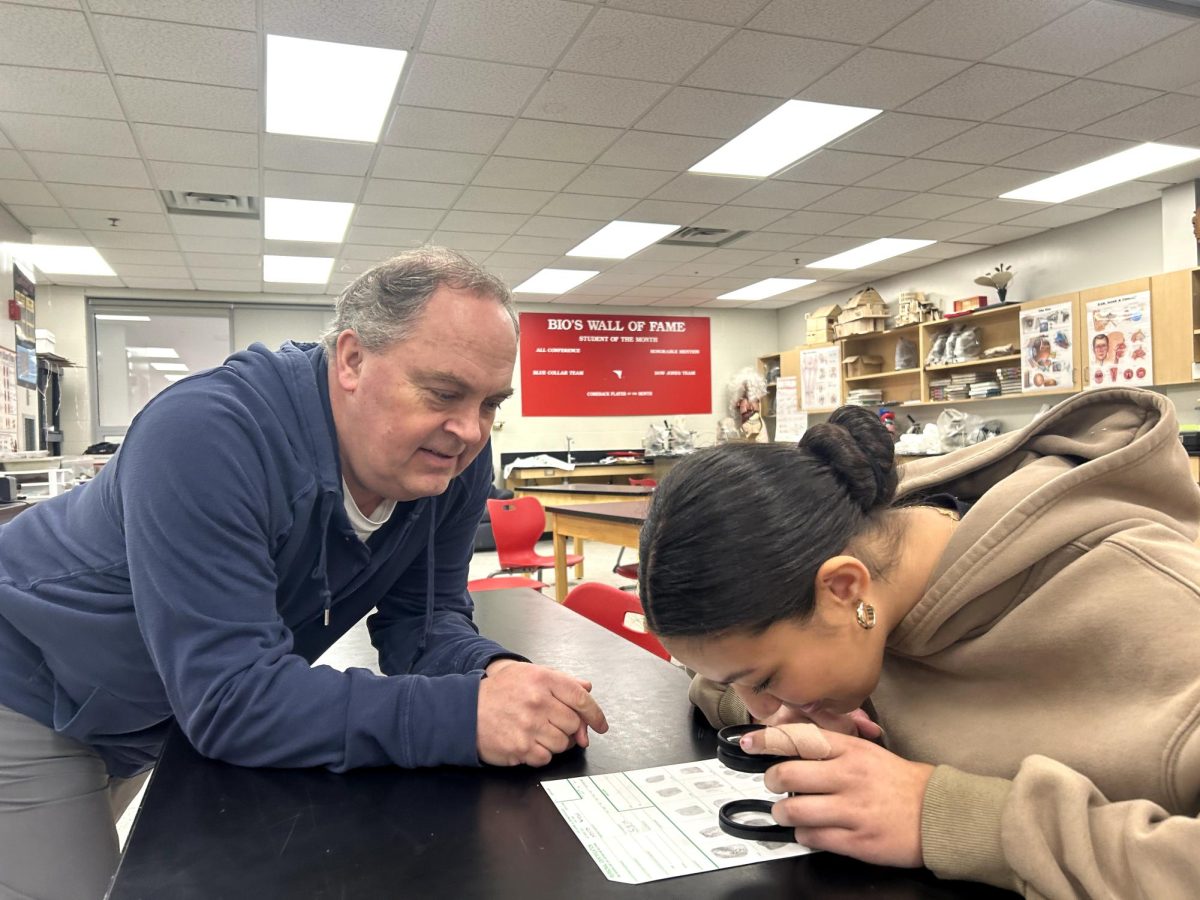




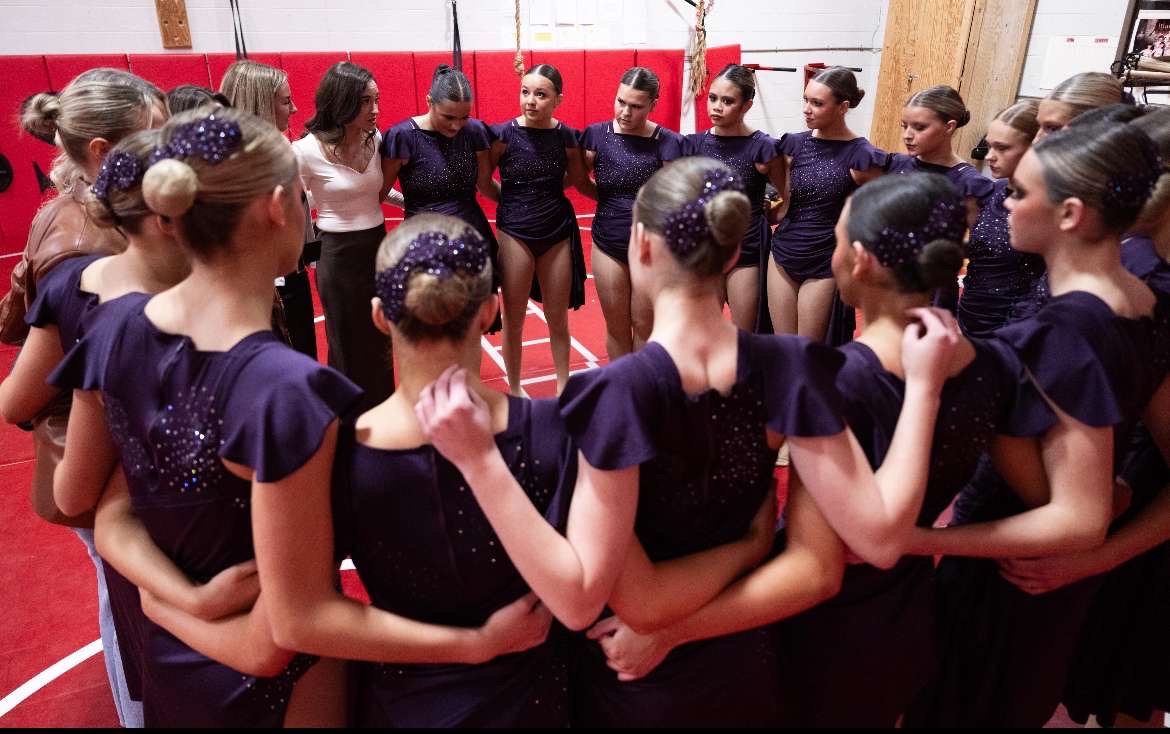



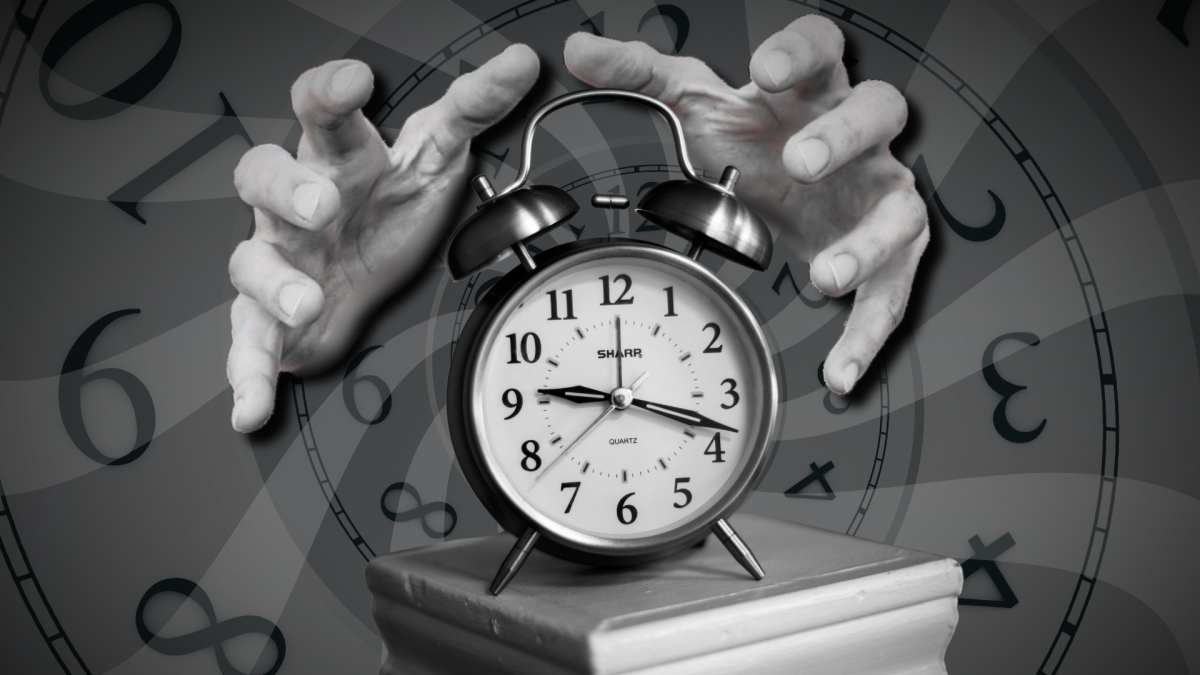
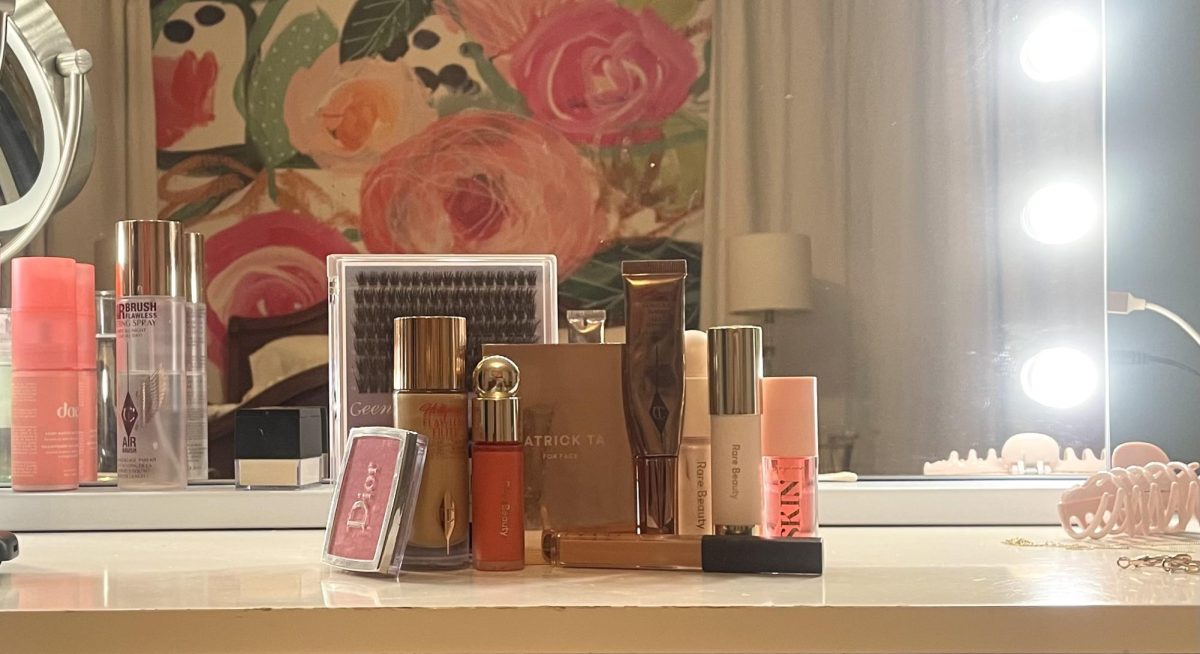
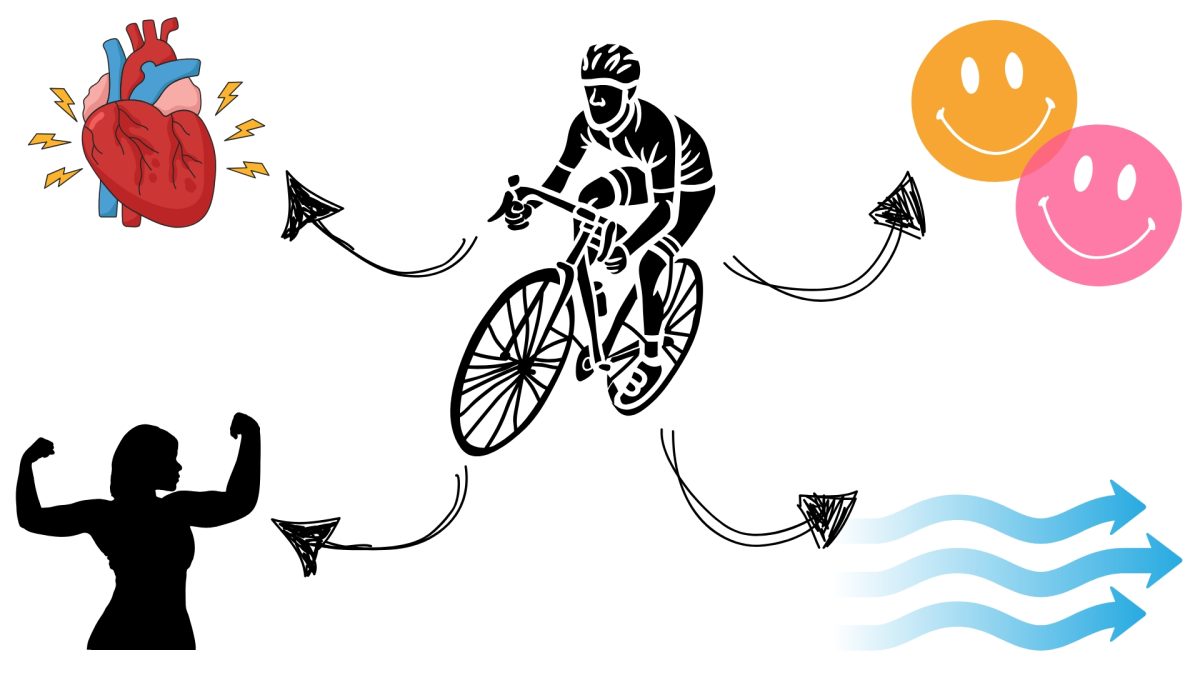



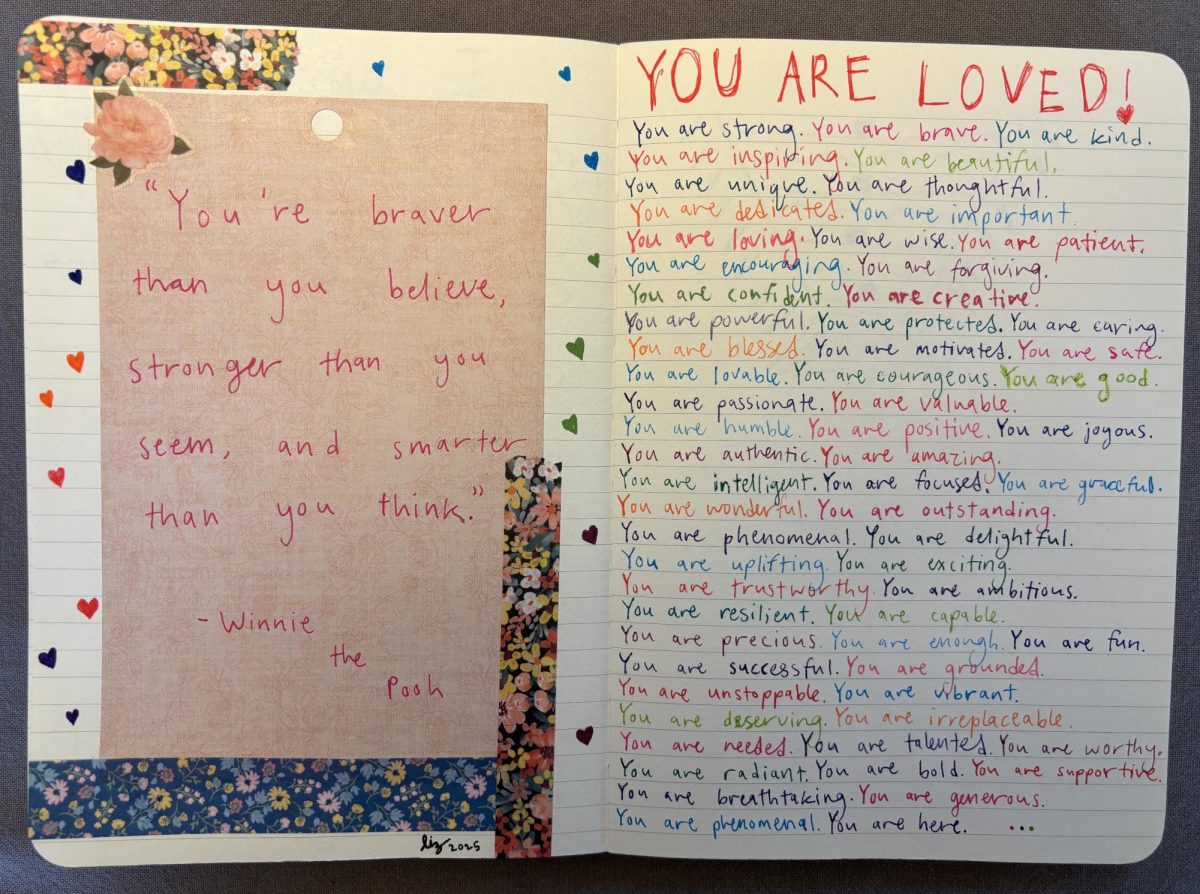

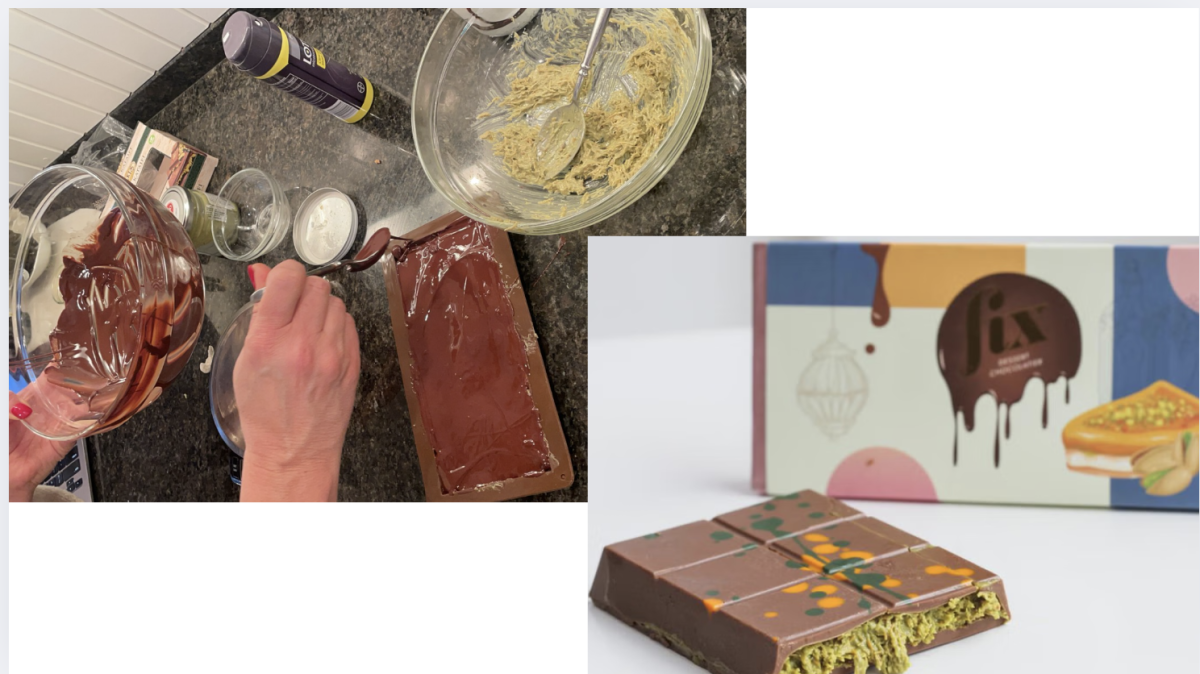
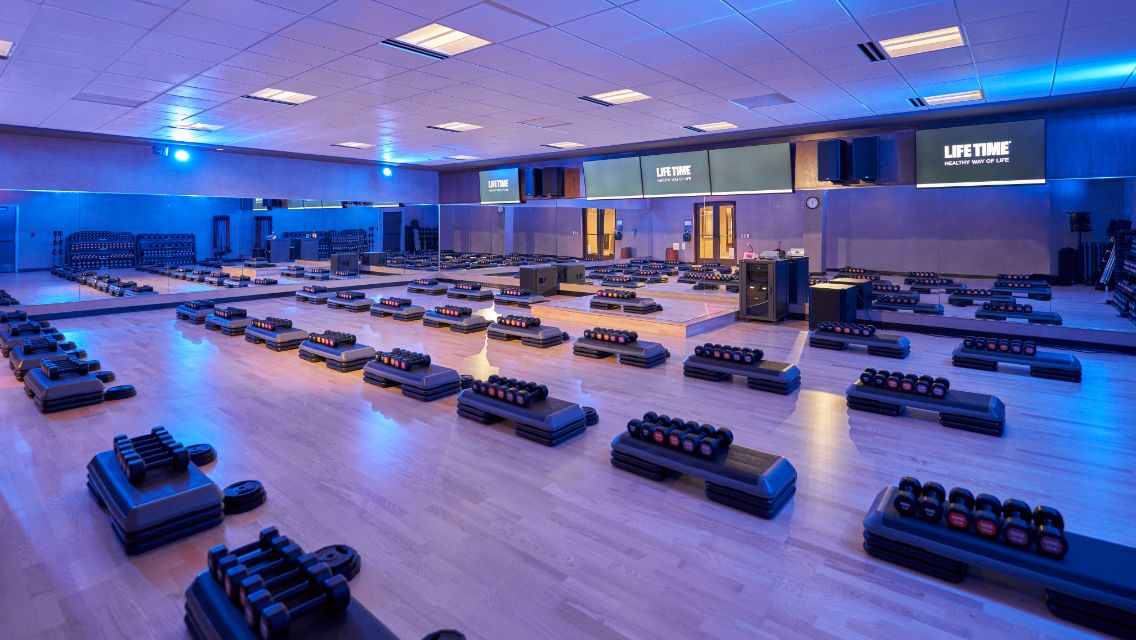
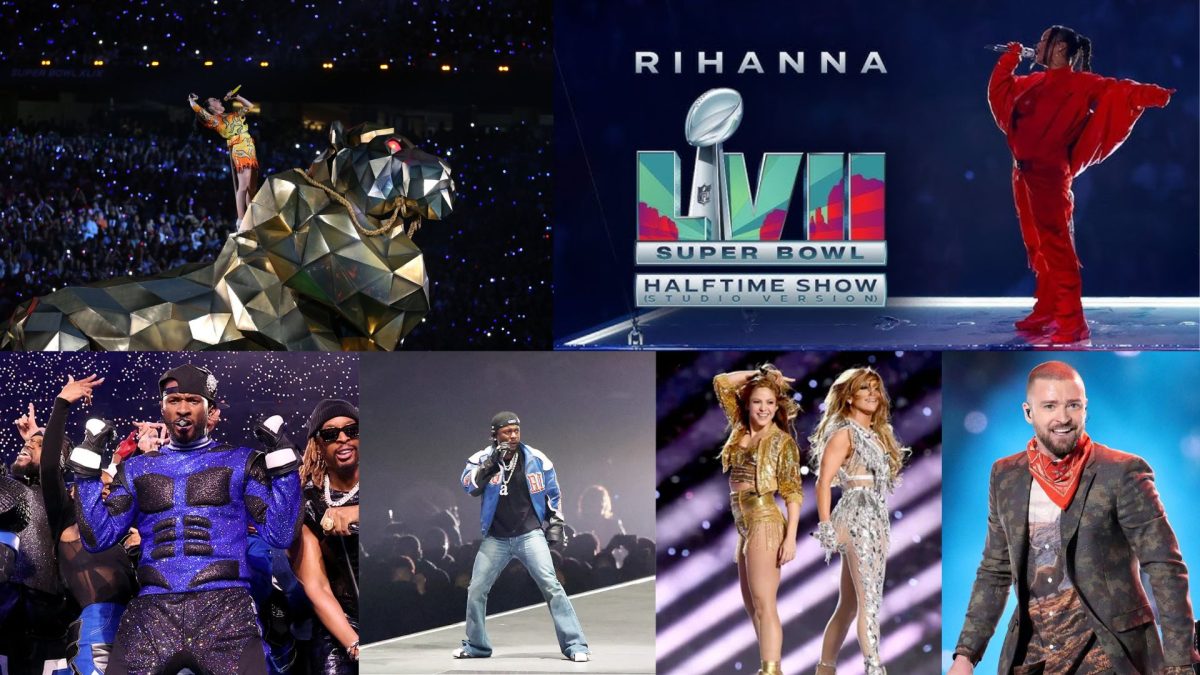






![Teacher Lore: Mr. Hillman [Podcast]](https://bsmknighterrant.org/wp-content/uploads/2025/03/teacherlorelogo-1200x685.png)




